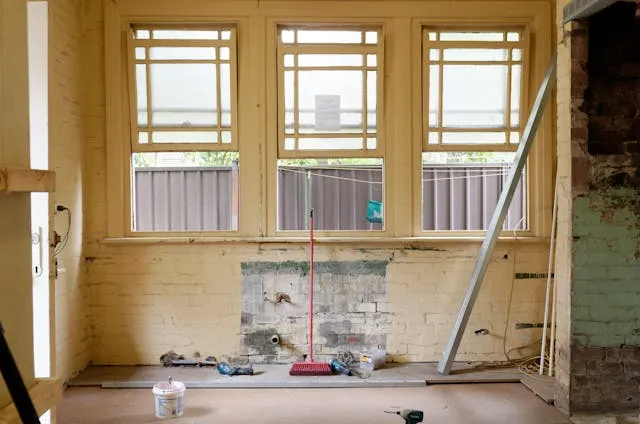
Creating an effectively laid-out office building is crucial to productivity, teamwork, and successful business. During design from the ground up or renovation of an existing building, every detail counts. The perfect office design, materials, and amenities can boost employee productivity and job satisfaction in the workplace. From choosing the right structure to offering long-lasting durability, various elements are put into a beautiful and functional working space. Below are the six most critical elements to take into account when building an office building.
1. Define the Purpose and Layout of the Office
All office spaces serve various purposes, and defining their purpose is where one starts. Some businesses require open workspaces for teamwork, while others require individual offices for private work. The layout should match daily operations and employees’ requirements. Common areas, meeting rooms, and break areas must also be strategically placed for ease. Prudent planning ensures seamless movement and communication within the workspace. Proper office design enhances workflow and facilitates a conducive working environment.
2. Invest in High-Quality and Durable Materials
The selection of durable materials is essential for an office building’s long life. Floors, walls, and furniture must be able to withstand everyday use without losing their professional look. High-traffic areas are attended to by scratch-resistant flooring, while soundproof partitions eliminate distractions caused by noise. Outside finishes also play an important role in the lifespan of the building. Having professionals like James Hardie siding installer in Denver, ensures that the office exterior is made of weather-resistant and long-lasting materials. The use of high-quality finishes for interior and exterior spaces reduces maintenance costs and enhances the overall appearance of the office.
3. Highlight Natural Lighting and Ventilation
Properly ventilated and lit working conditions are an important aspect of employees’ welfare and productivity. Natural lighting reduces eye strain, enhances mood, and boosts concentration. Large windows, skylights, and glass partitions help distribute daylight throughout the office. Ventilation is also essential, as circulating fresh air increases indoor air quality and reduces fatigue. Installing energy-efficient lighting and HVAC systems can also optimize comfort. An office with adequate natural light and ventilation offers a healthier and more invigorating working environment for staff.
4. Apply Smart Technology to Improve Efficiency
The integration of modern technology ensures office efficiency and security. Smart lighting, temperature control, and access control systems make everyday operations easy. High-speed internet connections, wireless charging stations, and virtual conferencing equipment ensure easy communication. Cloud-based document storage and artificial intelligence-driven workflow automation are intelligent office solutions that also boost productivity. Investment in the appropriate technology ensures the office’s flexibility to adapt to evolving business needs. A technology-enabled work environment streamlines processes and enhances overall operating effectiveness.
5. Design Functional Common Spaces and Break Areas
Break rooms, lounges, and recreation spaces are aspects of employee contentment and collaboration. A healthy office has areas where employees can unwind, hold informal discussions, or work beyond their stations. Relaxation zones, green zones, and snug seating spaces enhance innovation and reduce stress in the workplace. Such spaces should be placed strategically to allow interaction without disrupting work. Creating inviting common spaces fosters a good work culture and general morale.
6. Comply with Safety and Accessibility Requirements
An office space must be in consonance with safety standards and accessibility standards to provide a safe working condition. Emergency doors, fire escape doors, and first aid booths must be located at easy-to-reach points. Public spaces and workspaces must provide facilities for disabled workers to facilitate their access to them on a parity basis. Ramps, elevators, and ergonomic devices contribute to inclusiveness. Compliance with industry conventions and legal requirements safeguards employees and business operations. A secure and accessible office environment fosters a professional and warm work environment.
Conclusion
Building an office building is a matter of careful planning, from what its purpose will be to how safe and efficient it will be. A well-designed office fosters productivity, employee satisfaction, and long-term sustainability. With long-lasting materials, technology incorporation, natural light maximization, and practical common areas, businesses can design a workplace that satisfies both functional and aesthetic needs. Practical design choices lead to a more efficient and inspiring workspace, setting the stage for long-term growth.

